O Marketplace in solar energy Brazilian received a significant news last Monday (27) with the Publication from the Gecex Resolution No. 597/2024 in the DOU (Official Gazette of the Union).
A new resolution includes two new ex-tariffs for inverters, which could impact positively the national photovoltaic sector. The resolution comes into force from 07/03/2024.
The new ex-tariffs are string inverters, in NCM 8504.40.90:
- 902 – Inverters for “string” photovoltaic systems, for three-phase network, with nominal output power of 333kW at 40 degrees Celsius, with maximum output power of 333kVA at 40 degrees Celsius, and nominal output voltage of 800Vac.
- 903 – Inverters for “string” photovoltaic systems, for three-phase network, with nominal output power of 350kW at 40 degrees Celsius, with maximum output power of 350kVA at 40 degrees Celsius, and nominal output voltage of 800Vac.
In the assessment of Wladimir Janousek, Executive Director at JCS Consultoria e Serviços, the inclusion of these ex-tariffs confirm that the rules for exemption of import tax under the Ex-Tariff regime if keeps active, and that it is possible to request new requests based on the provisions of the Gecex Resolution 512/2023.
“Despite the change in the requirements and procedures, the BIT/BK Ex-Tariff regime to be continued being one important mechanism in investment stimulus for imports of capital goods, parts and pieces and other equipment. Approvals of new EXs have occurred as long as there is no equivalent national production of the good to be imported, enabling market access to new products and technologies that fit the concession criteria.”
The Executive further clarified that the recent revocations of Ex-Tariffs published that year were supported by the existence of equivalent national production, due to technical obsolescence of the descriptive parameters or due to low use of the EX in recent months.
This month we had no new revocations, as in the last meeting of the Executive Management Committee – GECEX held on 05/23/2024, proposals to revoke Ex-Tariffs were not included on the agenda, the topic must be deliberated on at the next meeting, scheduled for 06/12/ 2024.
Impact on the photovoltaic sector
A update in the list of ex-tariffs, which now incorporates the codes 8504.40.90.902 and 8504.40.90.903, represents one reduction us import costs of these equipment. This measure can encourage O growth of solar projects, making them more accessible and economically viable.
All content on Canal Solar is protected by copyright law, and partial or total reproduction of this site in any medium is expressly prohibited. If you are interested in collaborating or reusing some of our material, we ask that you contact us via email: [email protected].


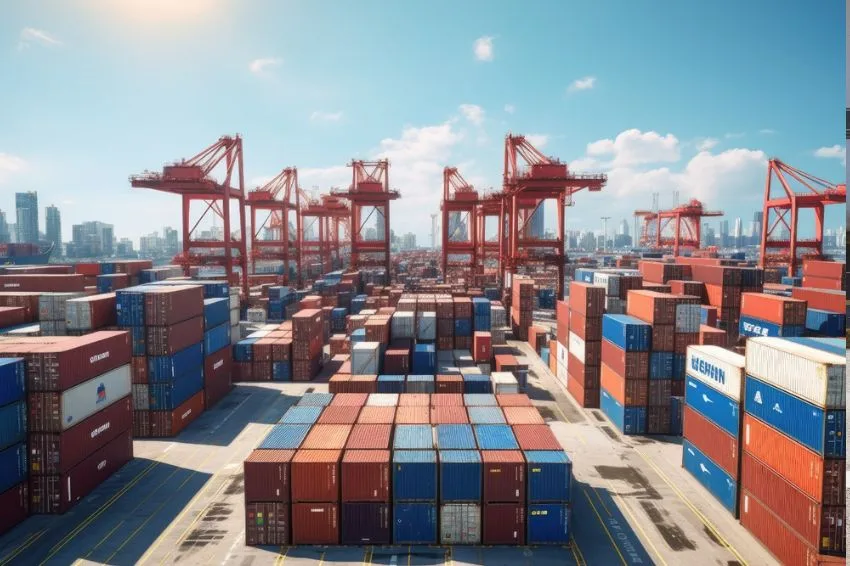


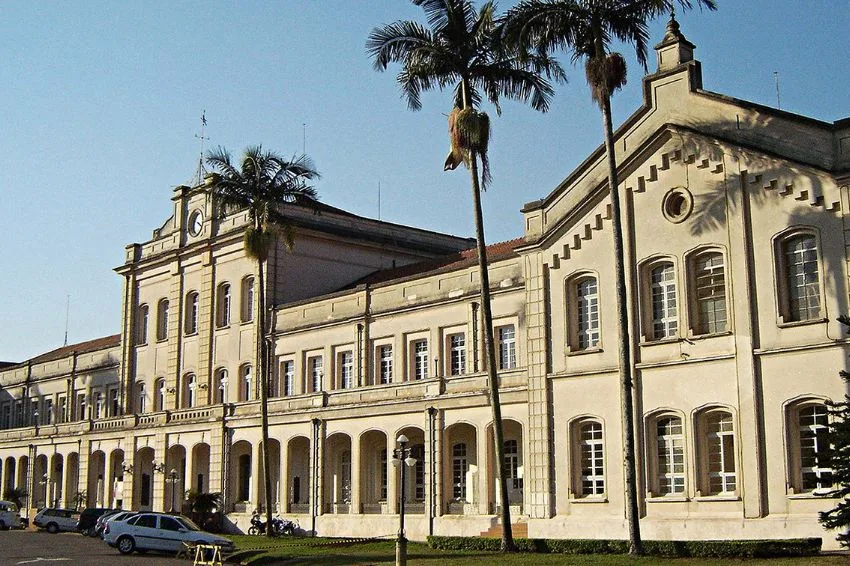

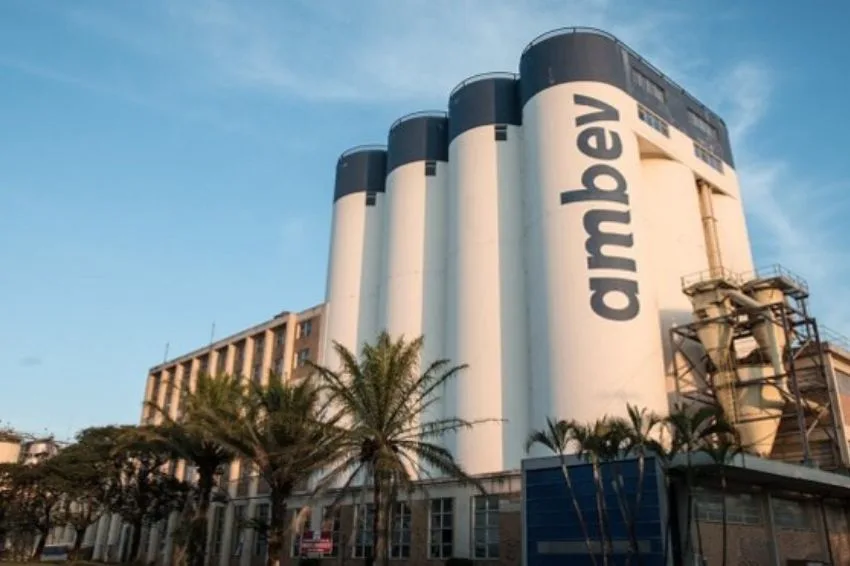
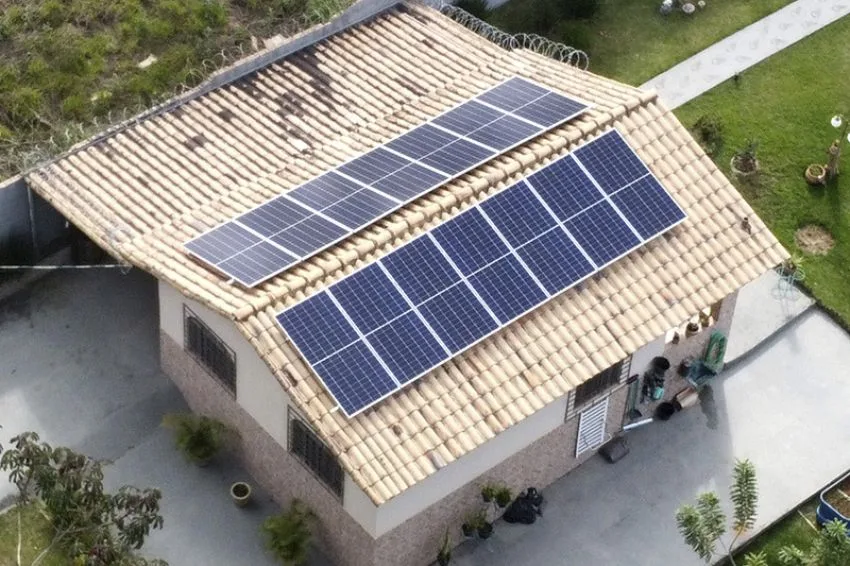
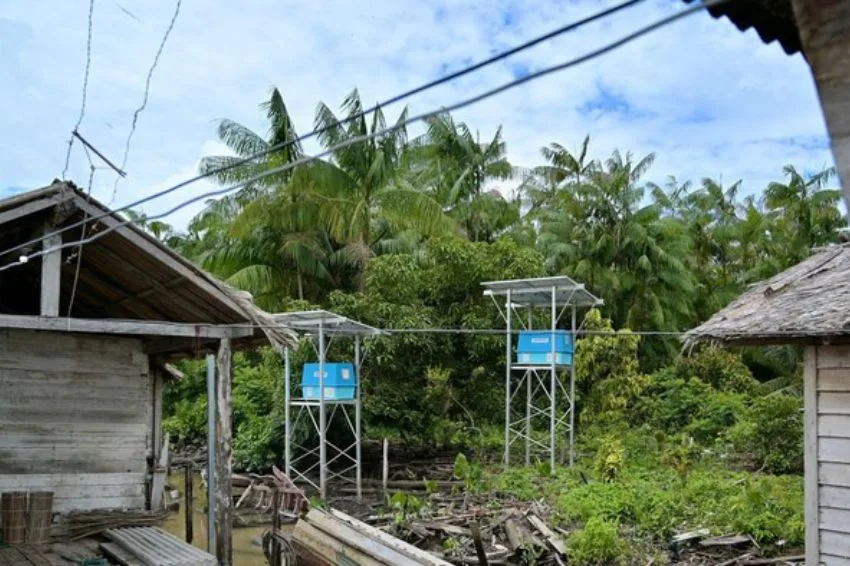







2 Responses
Good news for Solar generation interests. It will be more important.
Policies to encourage national industry are positive. But the electronics sector does not have any roots in place to benefit from these incentives, meaning that anyone who takes the plunge presents a product that is far below the imported ones, not to mention the price. The idea of attracting foreign manufacturers also doesn't work. The cost in Brazil makes it unfeasible, and they are prepared for large-scale manufacturing.